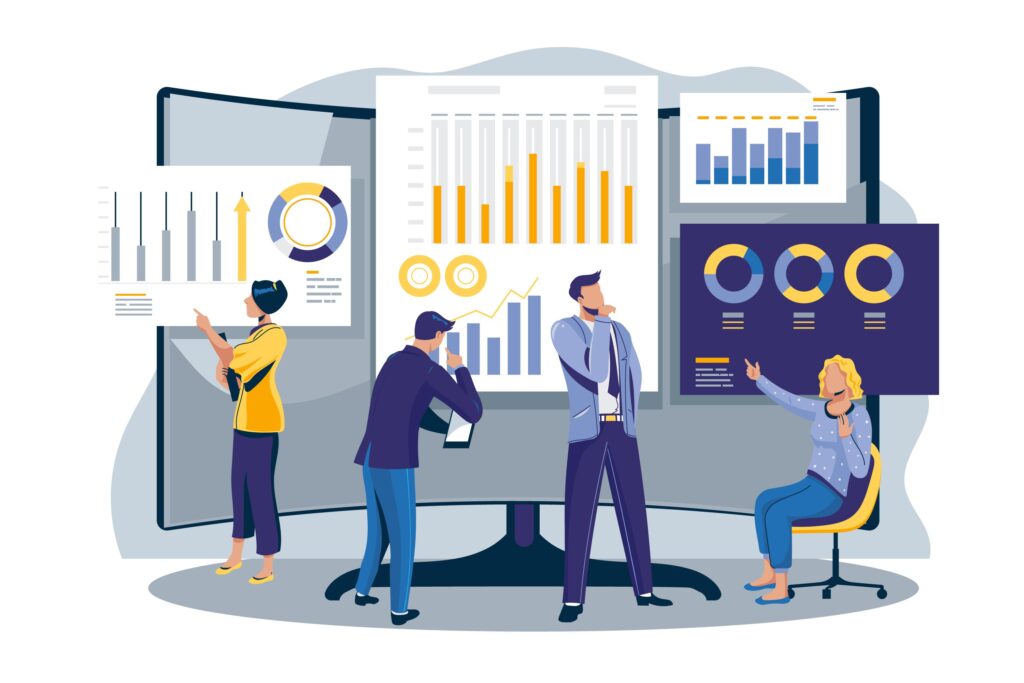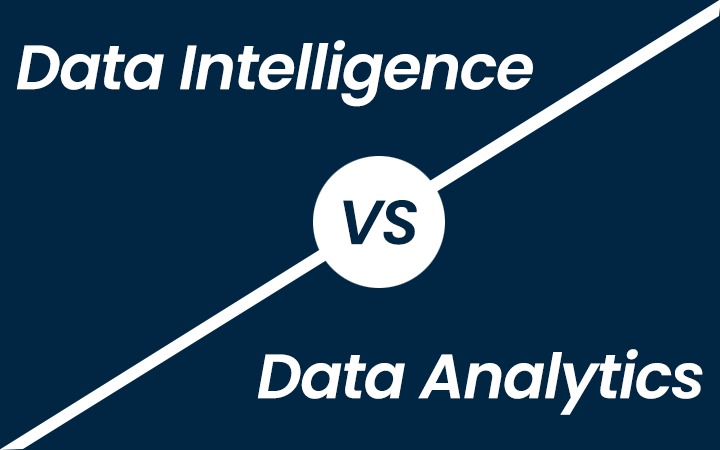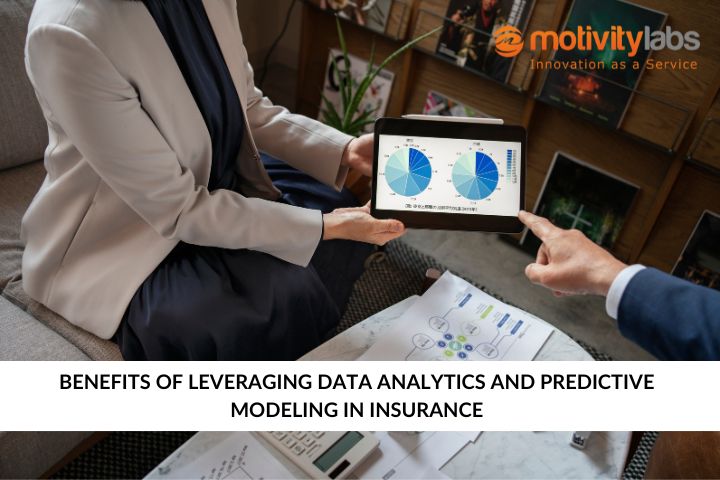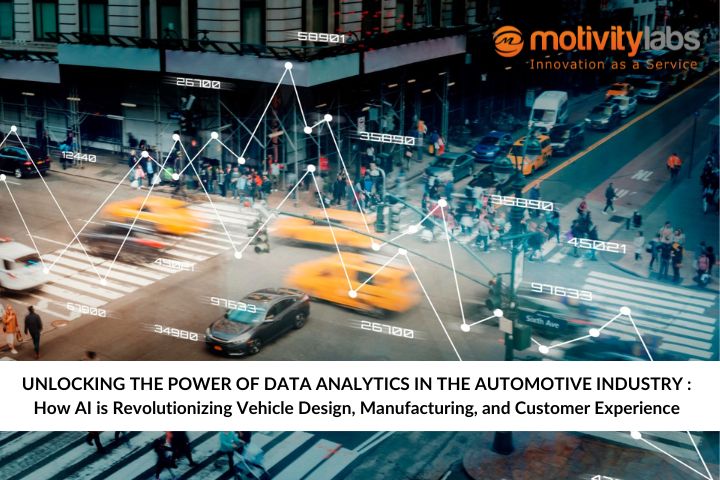Data Intelligence vs Data Analytics there is a lot of confusion around what they both stand for. This blog will look at the differences between the two terms, key concepts, and some common applications.
Data Intelligence vs Data Analytics: Data intelligence and data analytics are closely related fields that involve using data to gain insights and make informed decisions.

Data Intelligence
Data intelligence involves collecting, storing, and processing large amounts of data in order to extract useful information and insights. It typically involves using advanced analytical techniques and tools to analyze and interpret data and present the results in a meaningful way.
Data Analytics
Data analytics, on the other hand, involves using data to answer specific questions or solve specific problems. It can include a wide range of activities, such as data mining, data visualization, and machine learning.

Data Intelligence vs Data Analytics key concepts:
There are a number of key concepts and techniques that are important to understand when working in these fields, including:
- Data Collection: In order to perform data analytics, you need to have access to relevant data. This can involve collecting data from a variety of sources, such as databases, sensors, and social media platforms.
- Data Cleaning and Preprocessing: Raw data is often dirty and needs to be cleaned and preprocessed before it can be used for analysis. This involves tasks such as removing missing or incorrect values, standardizing data formats, and dealing with outliers.
- Data Visualization: Visualizing data is an important step in the data analytics process, as it can help you understand patterns and trends that may not be immediately apparent from looking at raw data. There are many tools and techniques available for visualizing data, including bar charts, line graphs, scatter plots, and heat maps.
- Data Analysis: Once you have cleaned and preprocessed your data, you can use various analytical techniques to extract insights. This can involve using statistical tests to identify correlations and relationships, building predictive models to forecast future trends, or using machine learning algorithms to identify patterns in the data.
- Data Communication: It is important to be able to communicate your findings effectively to others, whether it be through reports, presentations, or dashboards. This involves using clear and concise language and choosing appropriate visualization methods to present your findings in a way that is easily understandable by your audience.
Data Intelligence and Data Analytics Common Applications:
Both data intelligence and data analytics rely on the use of data to inform decision-making and improve business outcomes. Some common applications of Data Intelligence vs Data Analytics fields include:
- Marketing: analyzing customer data to better understand consumer behavior and develop targeted marketing campaigns.
- Operations: using data to optimize production processes, reduce costs, and improve efficiency.
- Human Resources: analyzing employee data to identify trends and patterns that can inform HR decision-making.
- Financial Analysis: using data to identify trends and patterns in financial performance and make informed predictions about future performance.
Overall, data intelligence and data analytics are powerful tools for understanding and making sense of complex situations and help in making informed decisions based on data-driven insights.
Data Intelligence and Data Analytics are becoming increasingly important for organizations of all sizes and industries in a variety of fields including business, science, and government.



